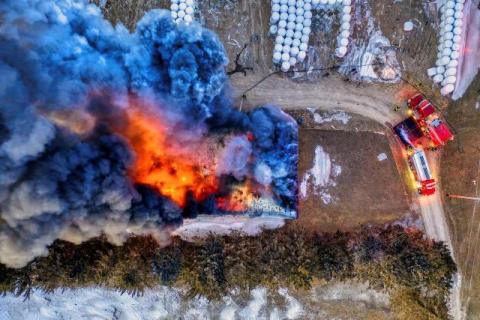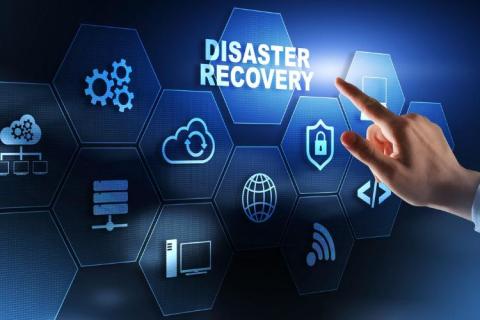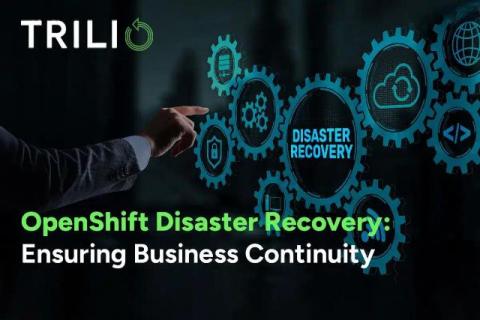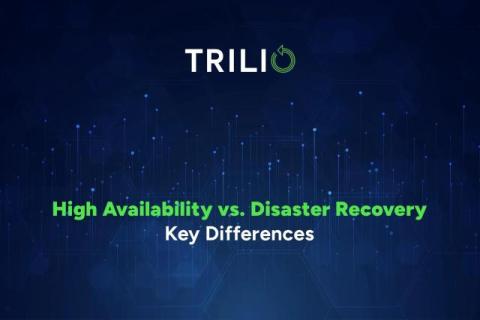Become The Master Of Disaster: Disaster Recovery Plan for DevOps
Ensuring business continuity requires more than just robust pipelines and agile practices in DevOps. A well-designed Disaster Recovery Plan is critical to mitigate risks, recover swiftly from failures, and ensure your data and infrastructure integrity. Contents hide 1 Are there any myths related to DR in DevOps?











